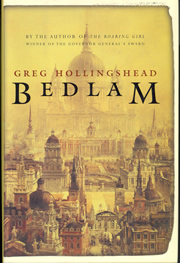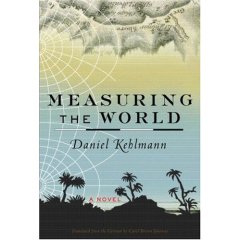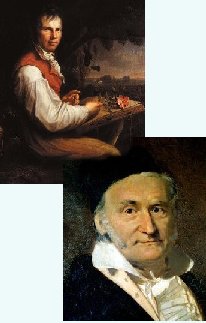The Echo Maker, Richard Powers, 2006

Richard Powers new novel is set along the Platte River in Nebraska, where each year half a million sandhill cranes stop in their annual migration. Echo Maker is an Indian name for the cranes. In this novel preservationists vie with developers over who can best exploit the cranes. But this is not what the novel is primarily about. A central character is a famous neuroscientist having a mid life crisis after the publication of his third popular book and discovering that his life’s work is largely the result of exploiting his hopeless subjects, but this crisis is not the central theme of the novel. The reader is left to wonder if these diverse threads and themes are an attempt to give body to too thin a structure.
The central character is a young man, a meat plant worker, who almost dies when he rolls his truck on a remote road in the middle of the night. He lives, but develops a rare mental syndrome and may never fully regain his sanity. There seems to be a mystery about the circumstances of the accident. There is also some mystery about the man’s caring super capable nurse.
The novel gives a good yet frightening sense of the miracle that is a healthy sane mind, its tenuousness, and all the terrible things that can go wrong with that mind. Yet I prefer his previous book the coherent and poetic The Time of Our Singing.
Bedlam, Greg Hollingshead, 2006
Bedlam 
The other novel is set at the end of the age of enlightenment the late 1700’s and early 1800’s. The setting is Bethlem, a languishing state run insane asylum in London. The central character is James Tilly Matthews, an inmate of the asylum committed and retained indefinitely by powerful political forces. But is Matthews sane or insane? The central medical officer at Bethlem is John Haslam, the apothecary and surgeon who uses his position to study the inmates, performing autopsies on their brains when they die. He writes up and publishes his results and stories in “Illustrations of Madness” in 1810 and gains a reputation as the leading expert on madness in England. His fame even extends to France. Both Matthews and Haslam as well as Bethlem are based on real people and institution.
Like Power’s fictional neuroscientist 200 years later who seems to regard most of his case studies as un-treatable , Hollingshead’s Haslam does not believe that madness is treatable. He thinks that mad king George recovered from his madness but not due to the treatment offered by the King’s quaker doctor.
One of Power’s characters notes how each generation of medical researcher and practitioner considers the previous generation as primitive and barbaric. Each medical generation predict the near end of insanity. Yet in the 200 years and ten generations between the settings of these two novels, have we made much real progress? In the area of understanding the mind and its dysfunctions much less treatment it seems we haven’t progressed all that far. Maybe the next generation.



